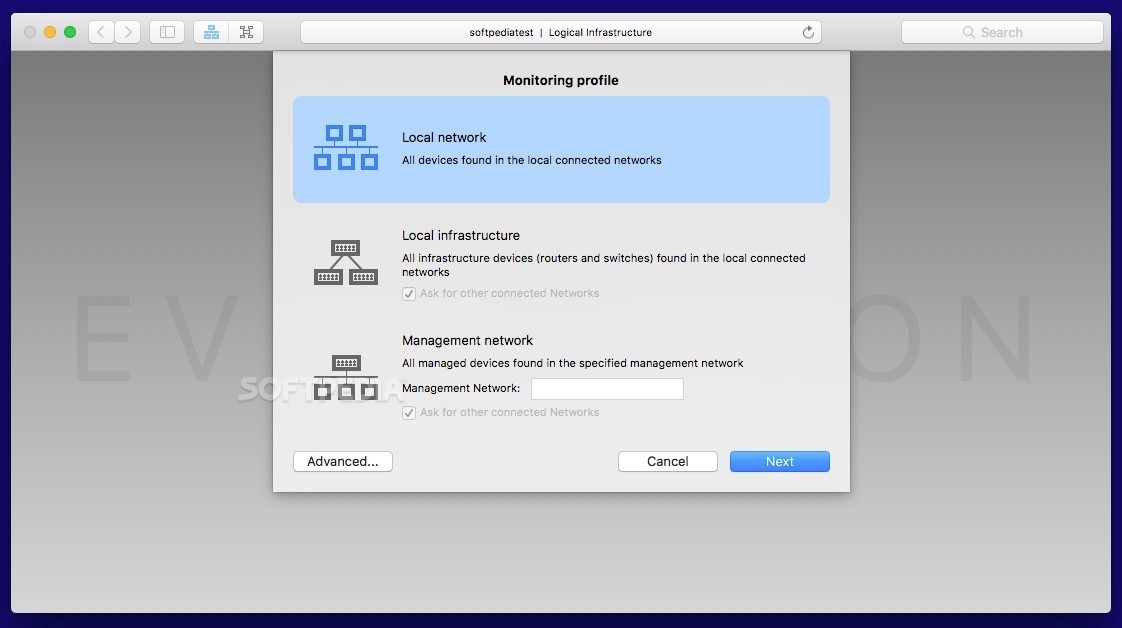

Identifies it in a networked game (per room). This is the instantiationData that was passed when calling PhotonNetwork.Instantiate* (if that was used to spawn this prefab) More. The current master ID so that we can compare when we receive OnMasterClientSwitched() callback It's public so that we can check it during ownerId assignments in networkPeer script TODO: Maybe we can have the networkPeer always aware of the previous MasterClient? More. OwnershipTransfer = OwnershipOption.Fixedĭefines if ownership of this PhotonView is fixed, can be requested or simply taken. OnSerializeRigidBodyOption = OnSerializeRigidBody.All OnSerializeTransformOption = OnSerializeTransform.PositionAndRotation Used for checking when joining late if event with mismatched owner and sender needs addressing. RpcSecure (string methodName, PhotonPlayer targetPlayer, bool encrypt, params object parameters)įlag to check if ownership of this photonView was set during the lifecycle. RPC (string methodName, PhotonPlayer targetPlayer, params object parameters) RpcSecure (string methodName, PhotonTargets target, bool encrypt, params object parameters) RPC (string methodName, PhotonTargets target, params object parameters)Ĭall a RPC method of this GameObject on remote clients of this room (or on all, inclunding this client). SerializeView ( PhotonStream stream, PhotonMessageInfo info)ĭeserializeView ( PhotonStream stream, PhotonMessageInfo info)Ĭan be used to refesh the list of MonoBehaviours on this GameObject while PhotonNetwork.UseRpcMonoBehaviourCache is true. OnMasterClientSwitched ( PhotonPlayer newMasterClient)Ĭheck ownerId assignment for sceneObjects to keep being owned by the MasterClient. Transfers the ownership of this PhotonView (and GameObject) to another player. TransferOwnership ( PhotonPlayer newOwner) Use it like a NetworkView.ĭepending on the PhotonView's ownershipTransfer setting, any client can request to become owner of the PhotonView. SLF4J: Defaulting to no-operation (NOP) logger implementationĬlient version: EthereumJS TestRPC/v2.8.PUN's NetworkView replacement class for networking. Public static void main(String args) throws Exception Import 3j import .DefaultBlockParameterName import. import. import .3ClientVersion import .HttpService import import .Unit But in an enterprise blockchain such as Hyperledger fabric only authorized nodes can enter into the network. In an open and public blockchain such as BitCoin or Ethereum anyone can join as a node to the main network. Types of Blockchains: Mainly there are two types of blockchain implementations. Hence, anything that is built on the blockchain is by its very nature transparent and everyone involved is accountable for their actions. Since it is a shared and immutable ledger, the information in it is open for anyone and everyone to see. The blockchain network has no central authority - it is the very definition of a democratized system. So, what is so special about it and why are we saying that it has industry-disrupting capabilities? block) is secured and bound to each other using cryptographic principles (i.e.
NETWORKVIEW NO REGERENCE RPC SERIES
With that keeping in mind I have tried to cover all the steps in a simplified manner.īefore starting ,first we need to know what is block chain ?Ī blockchain is, in the simplest of terms, a time-stamped series of immutable records of data that is managed by a cluster of computers not owned by any single person/entity. While implementing I personally have made a lot of errors and although there were many tutorials, all of them were quite complex. Chances are you are already familiar with it, this quick introduction is for the newbies who want to get a basic idea of Blockchain as a whole. Before I guide you through the steps of Connecting to Ethereum network using Java and Ganache, I would like tell you what Blockchain is.


 0 kommentar(er)
0 kommentar(er)
